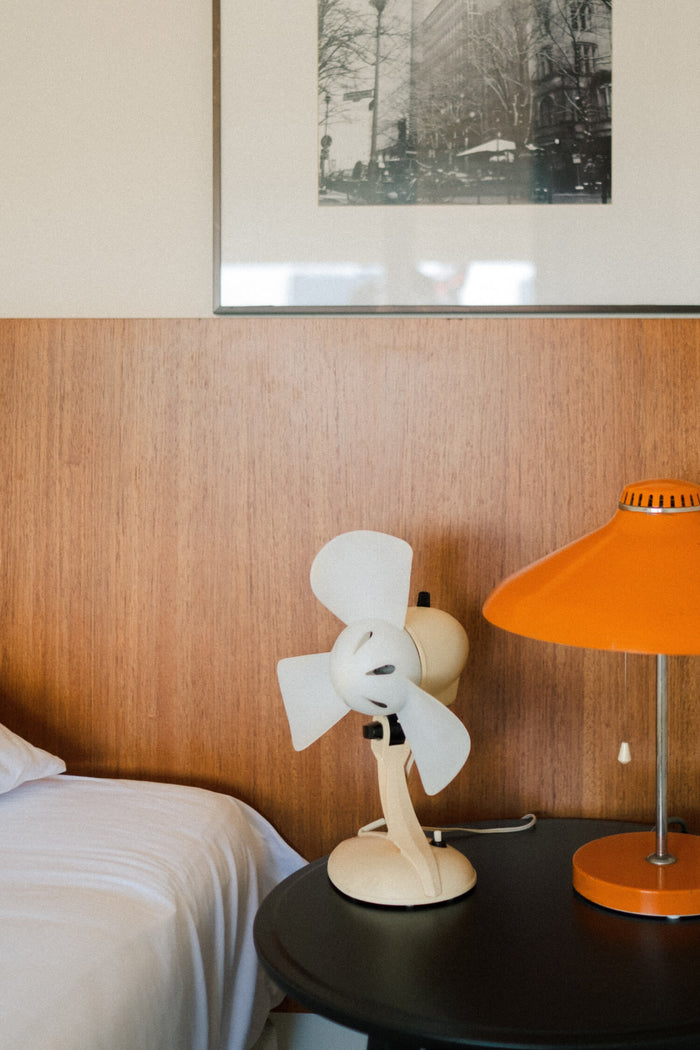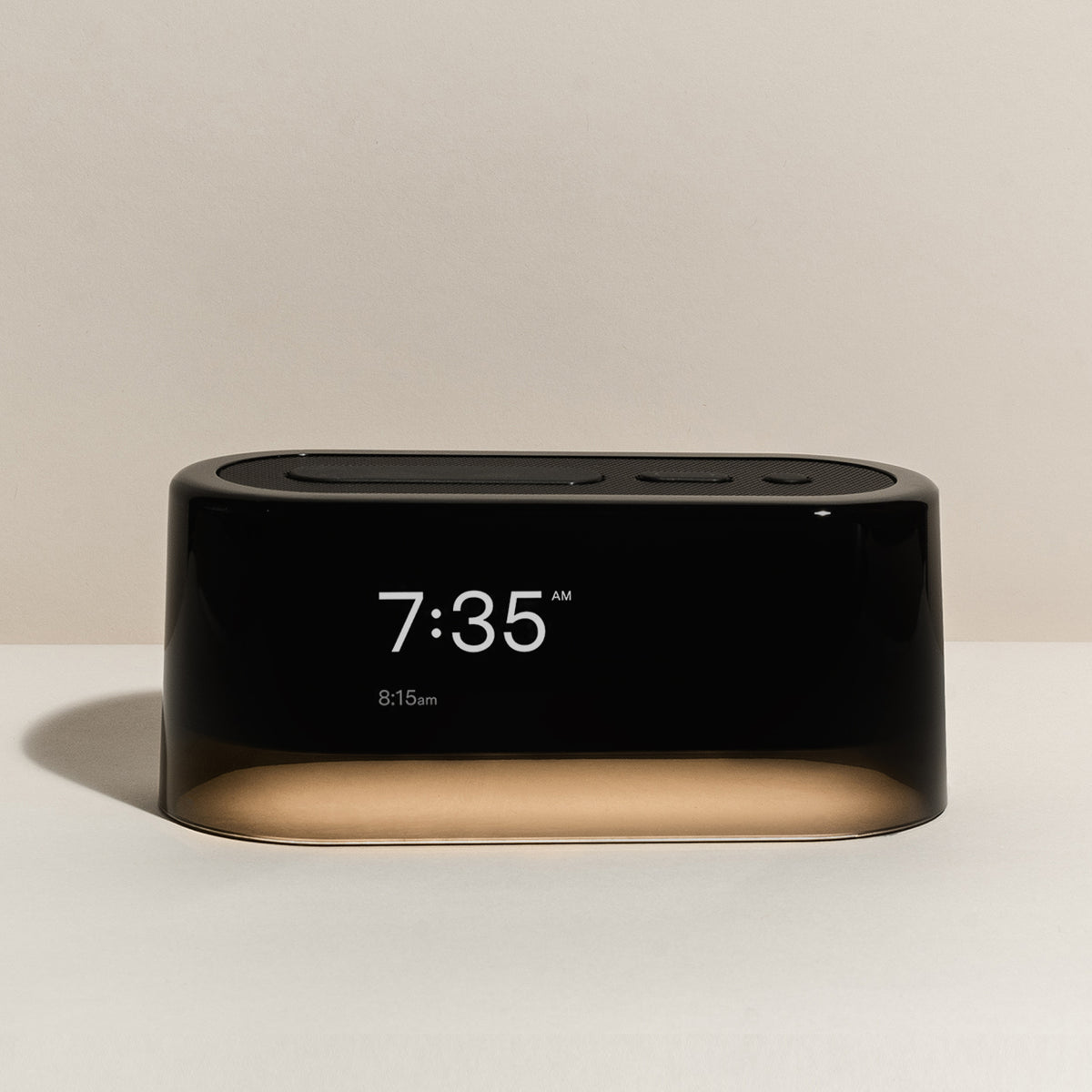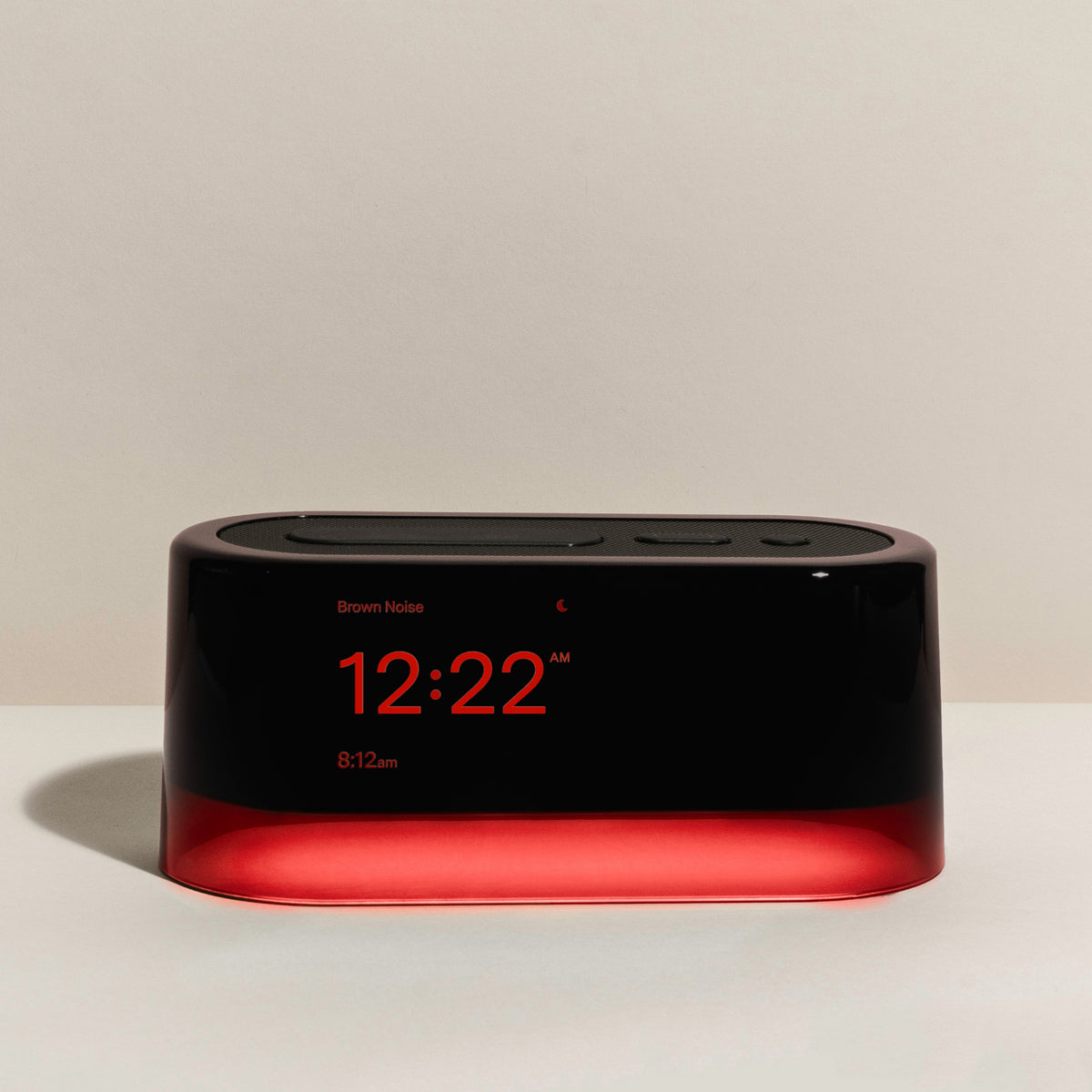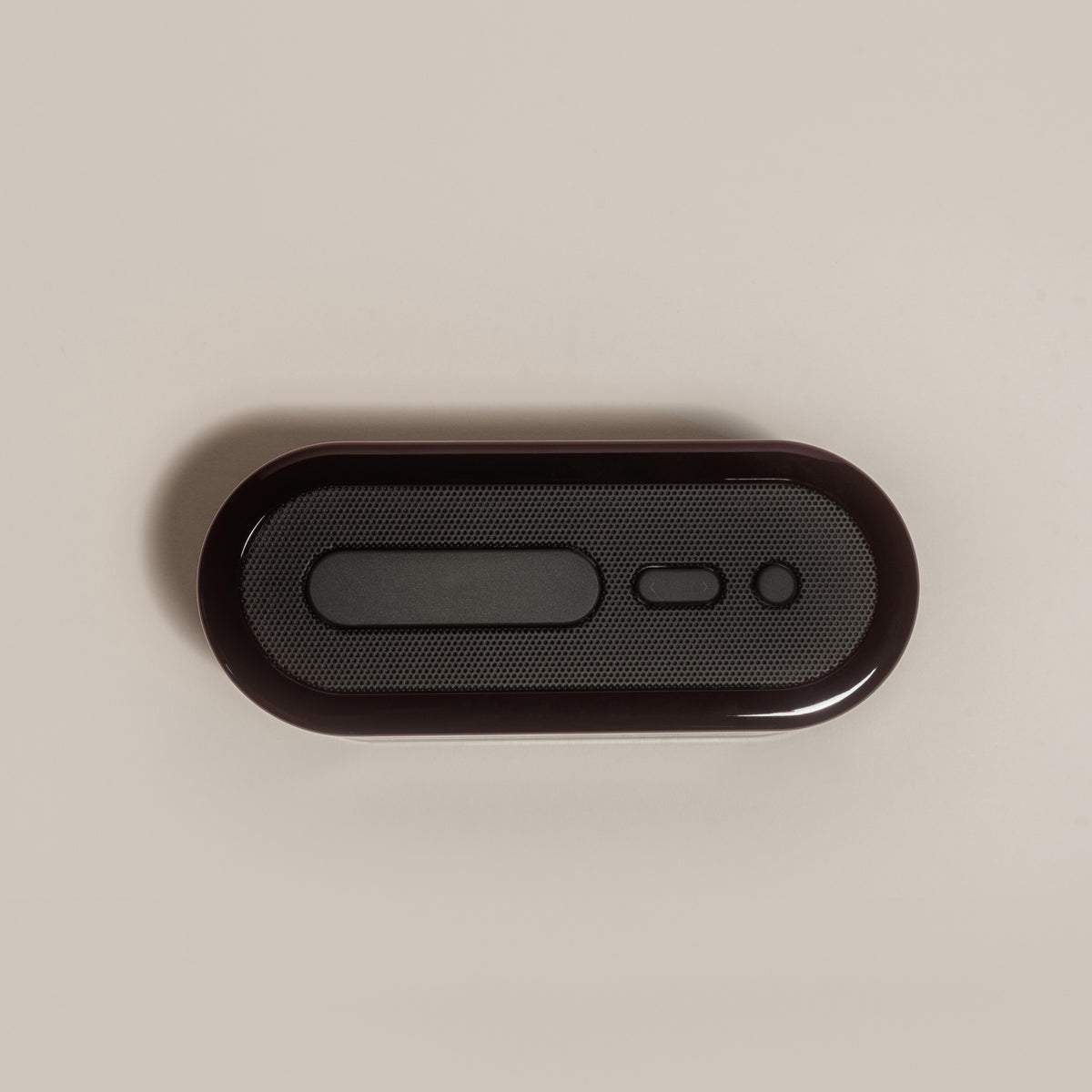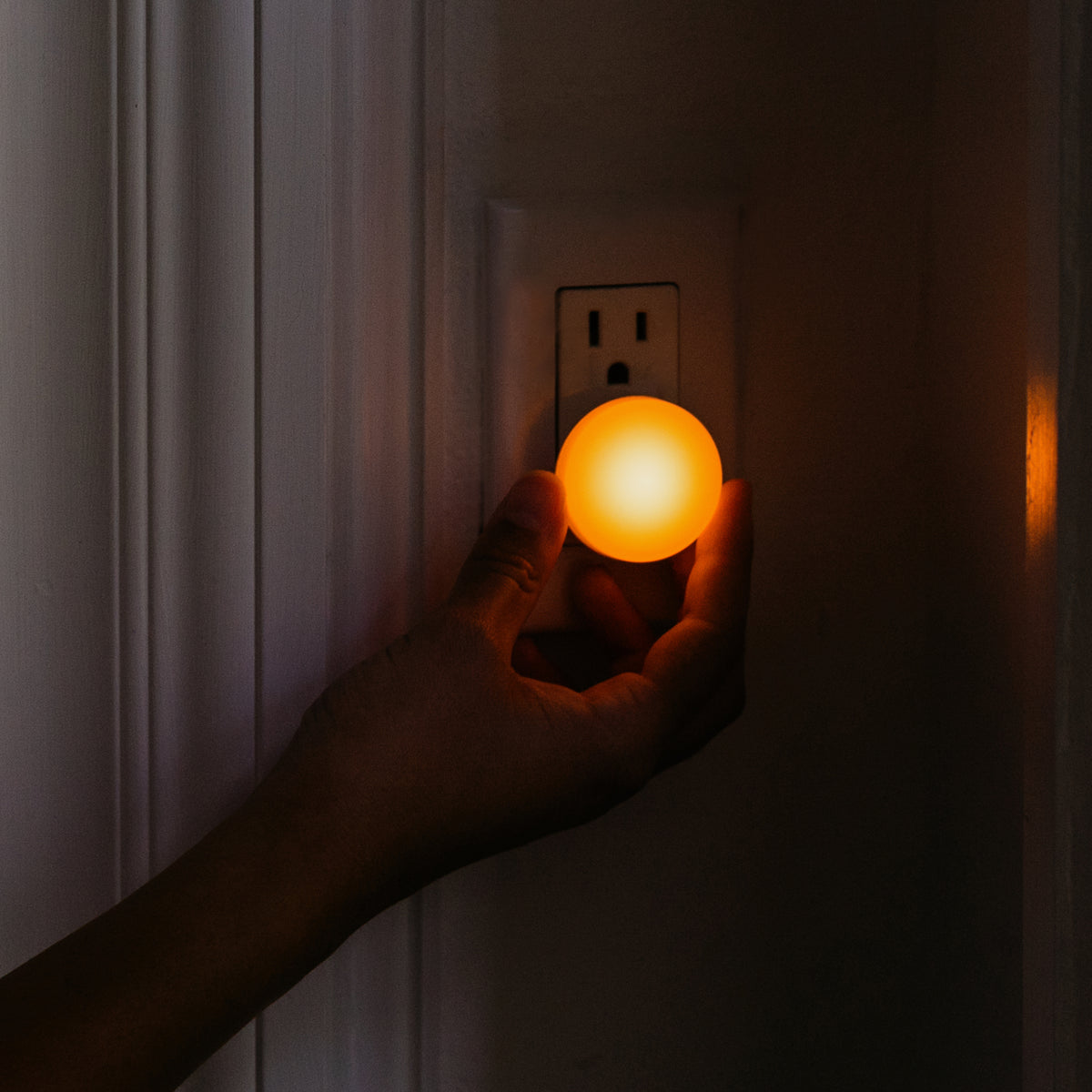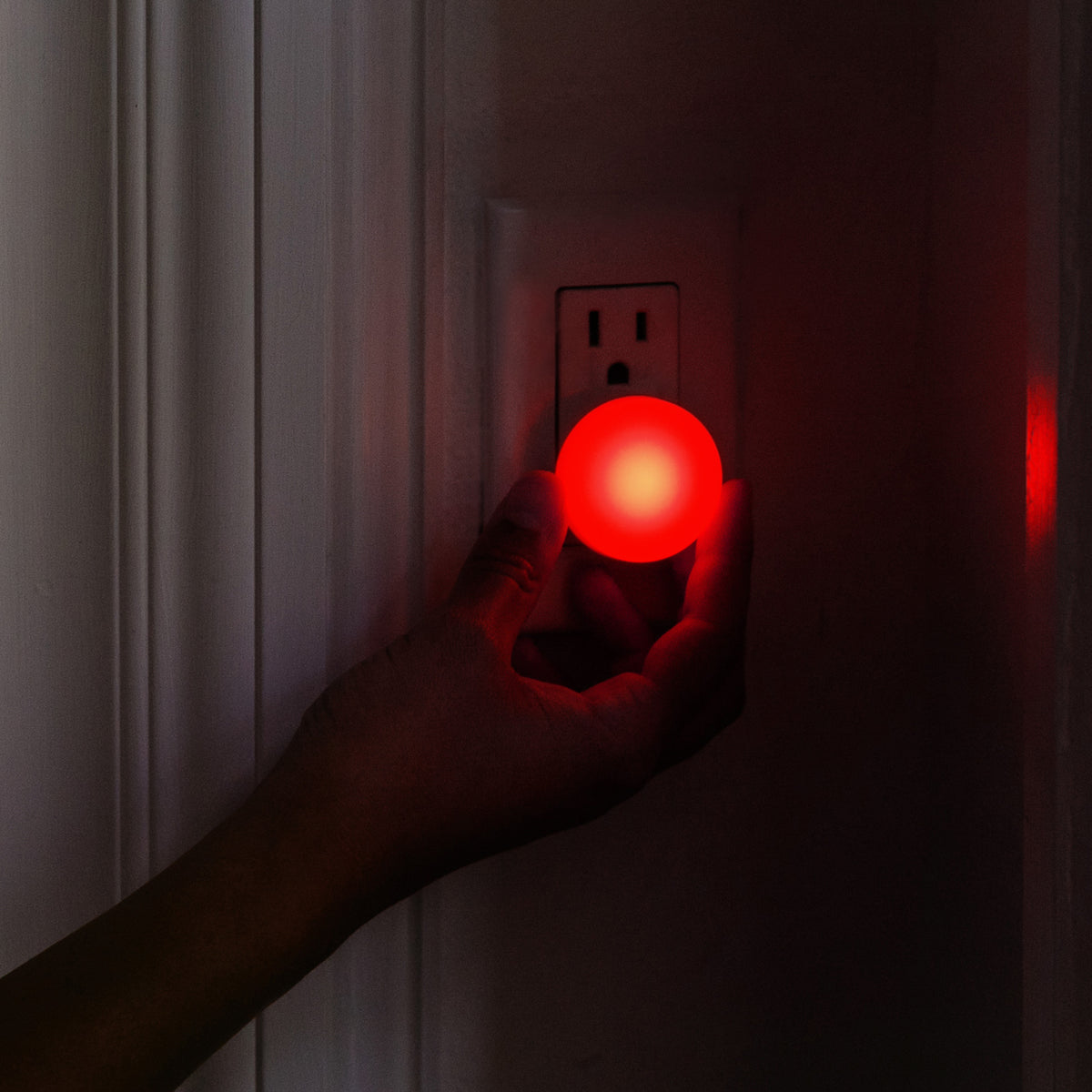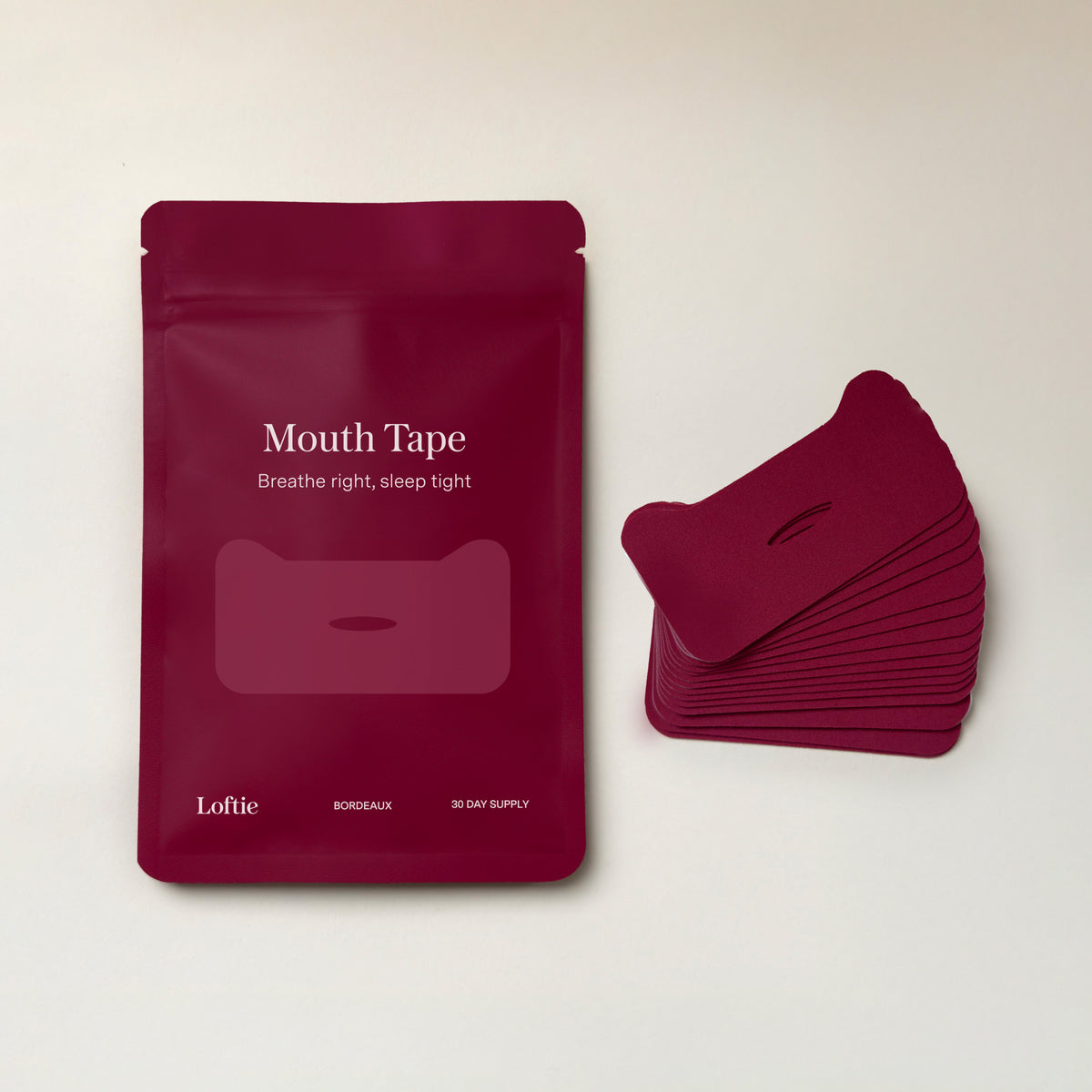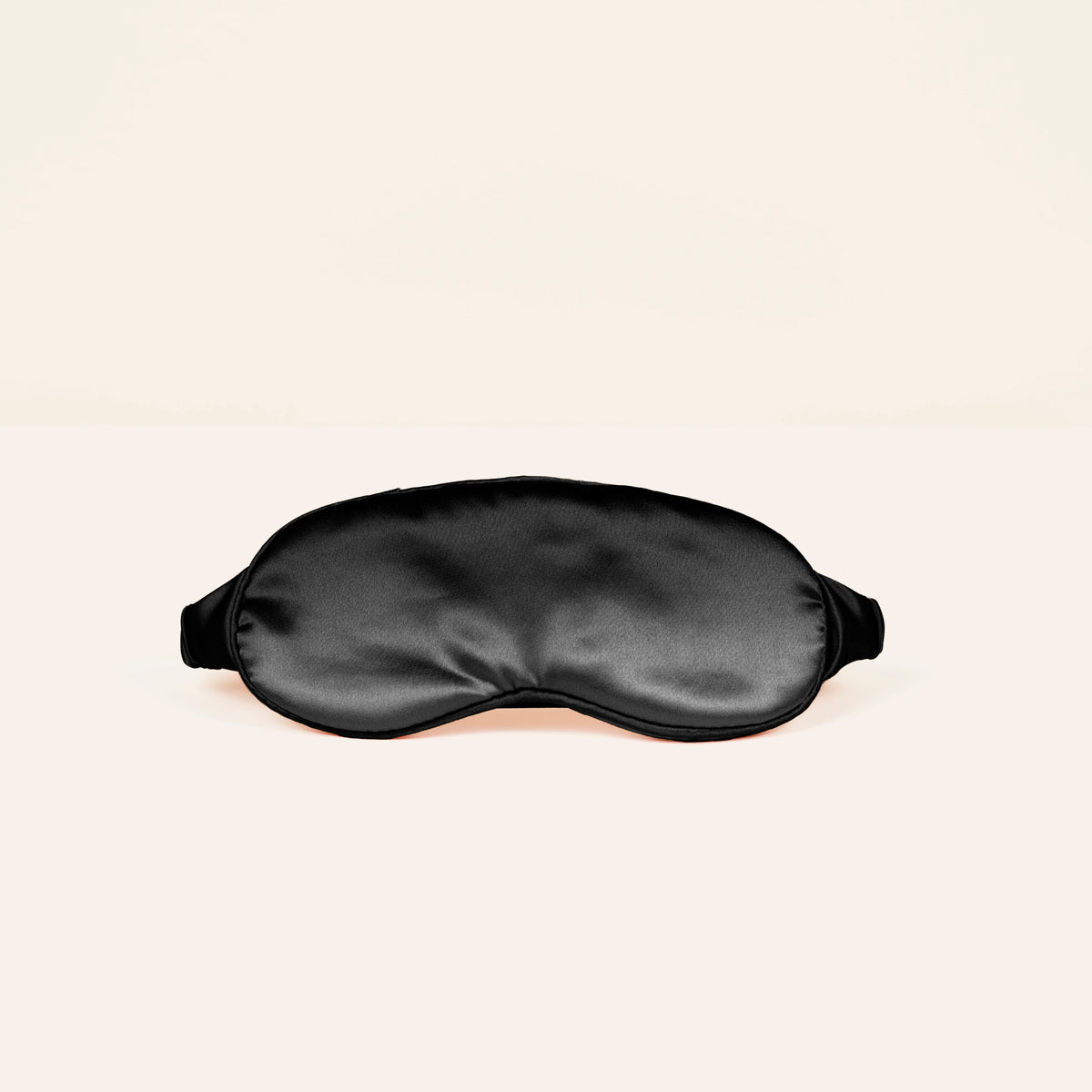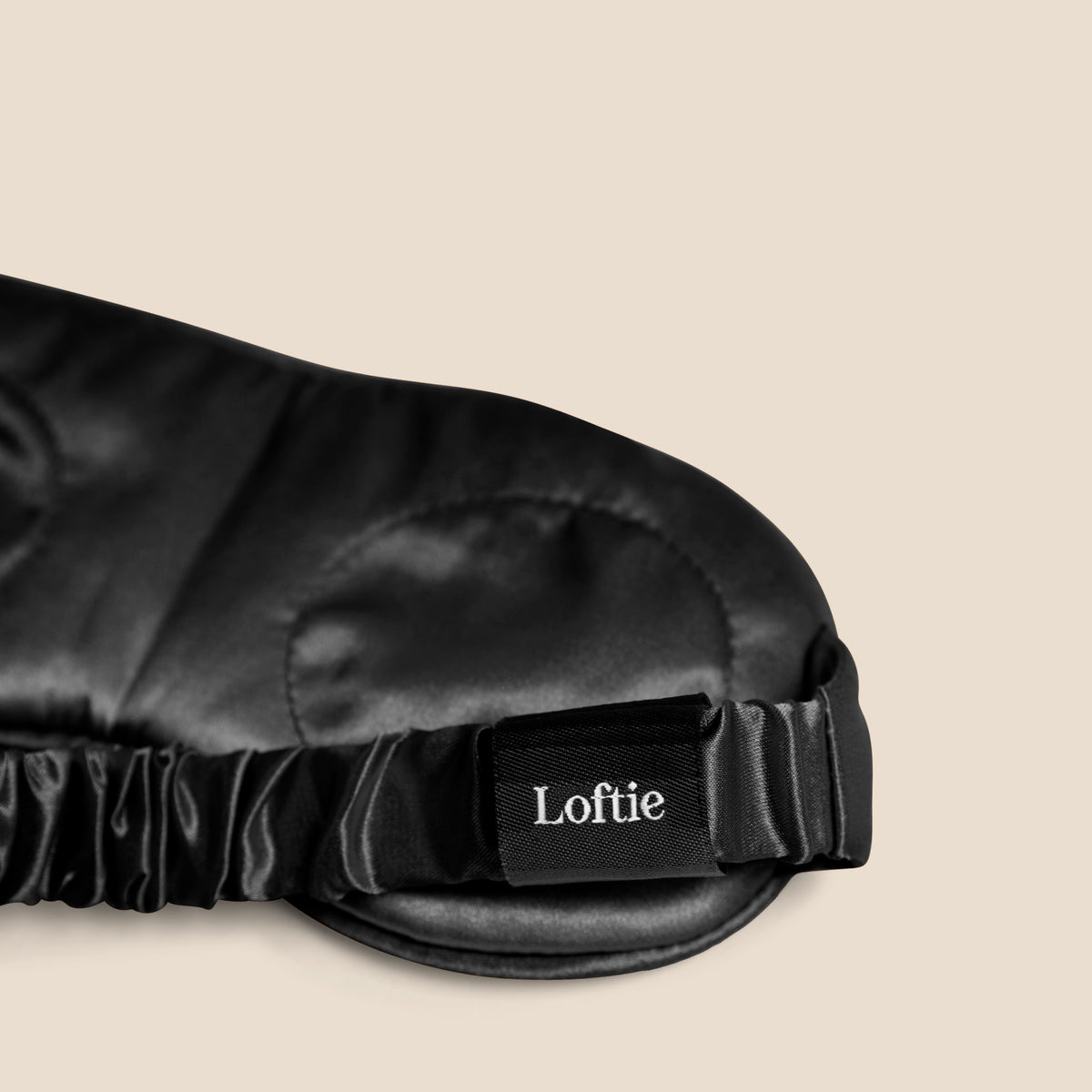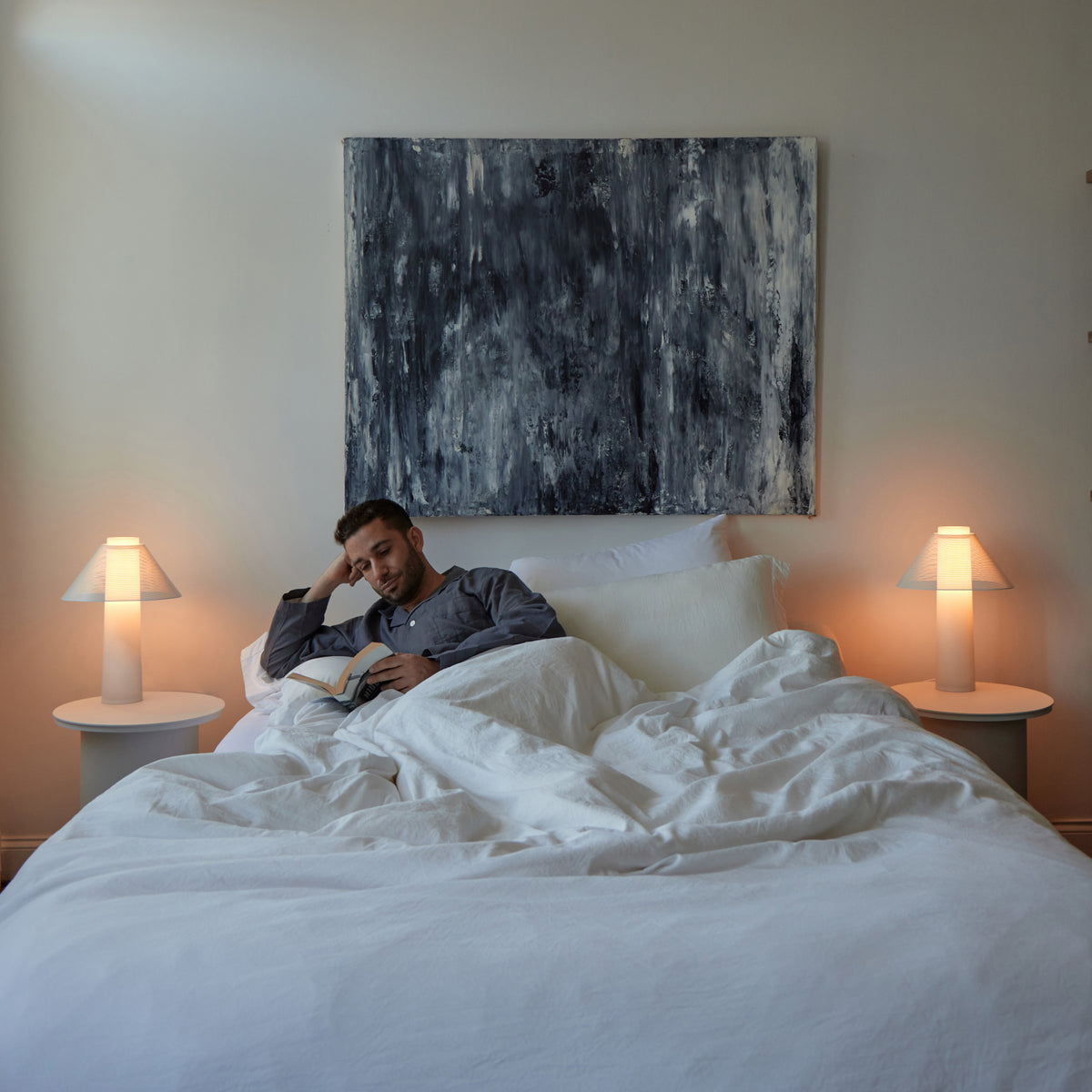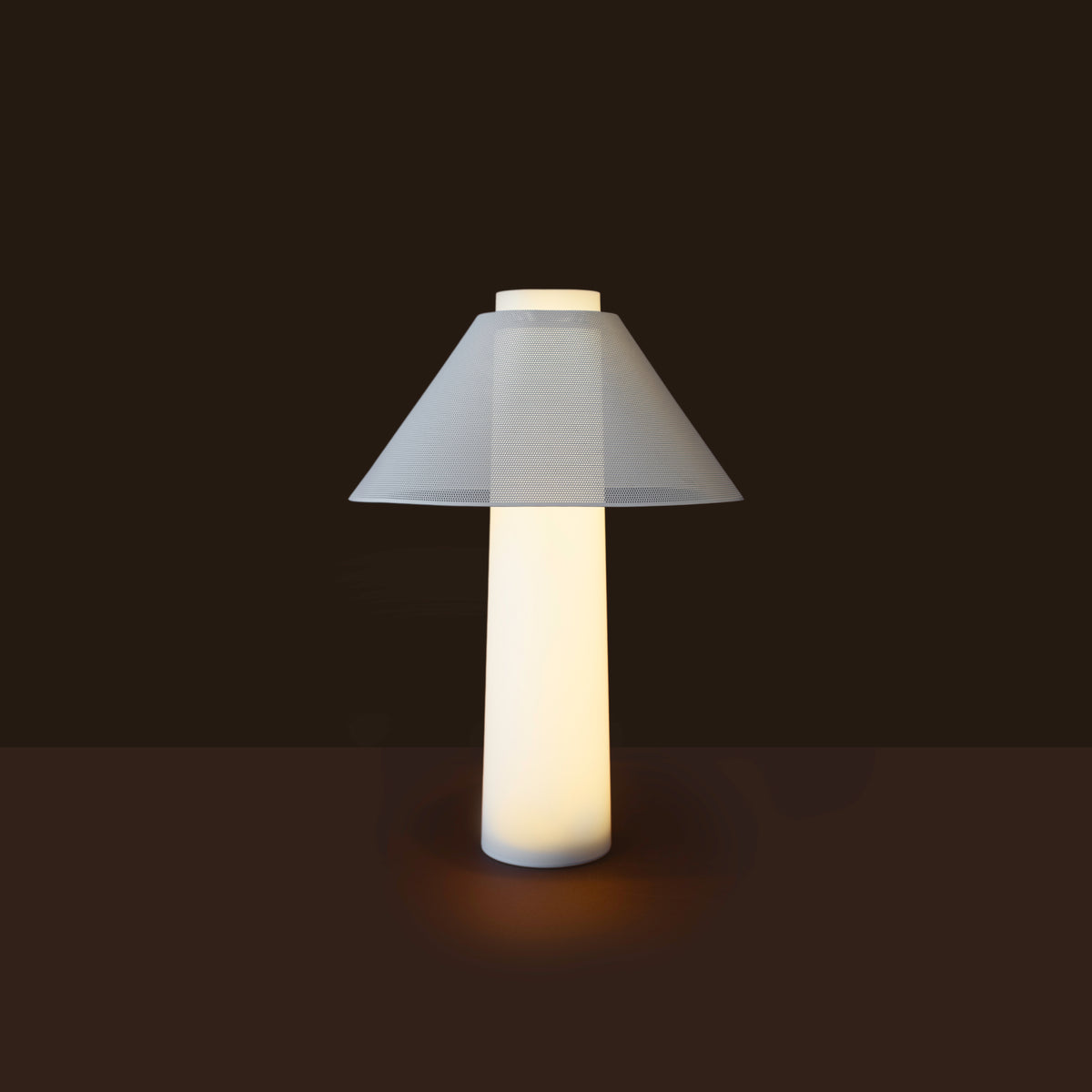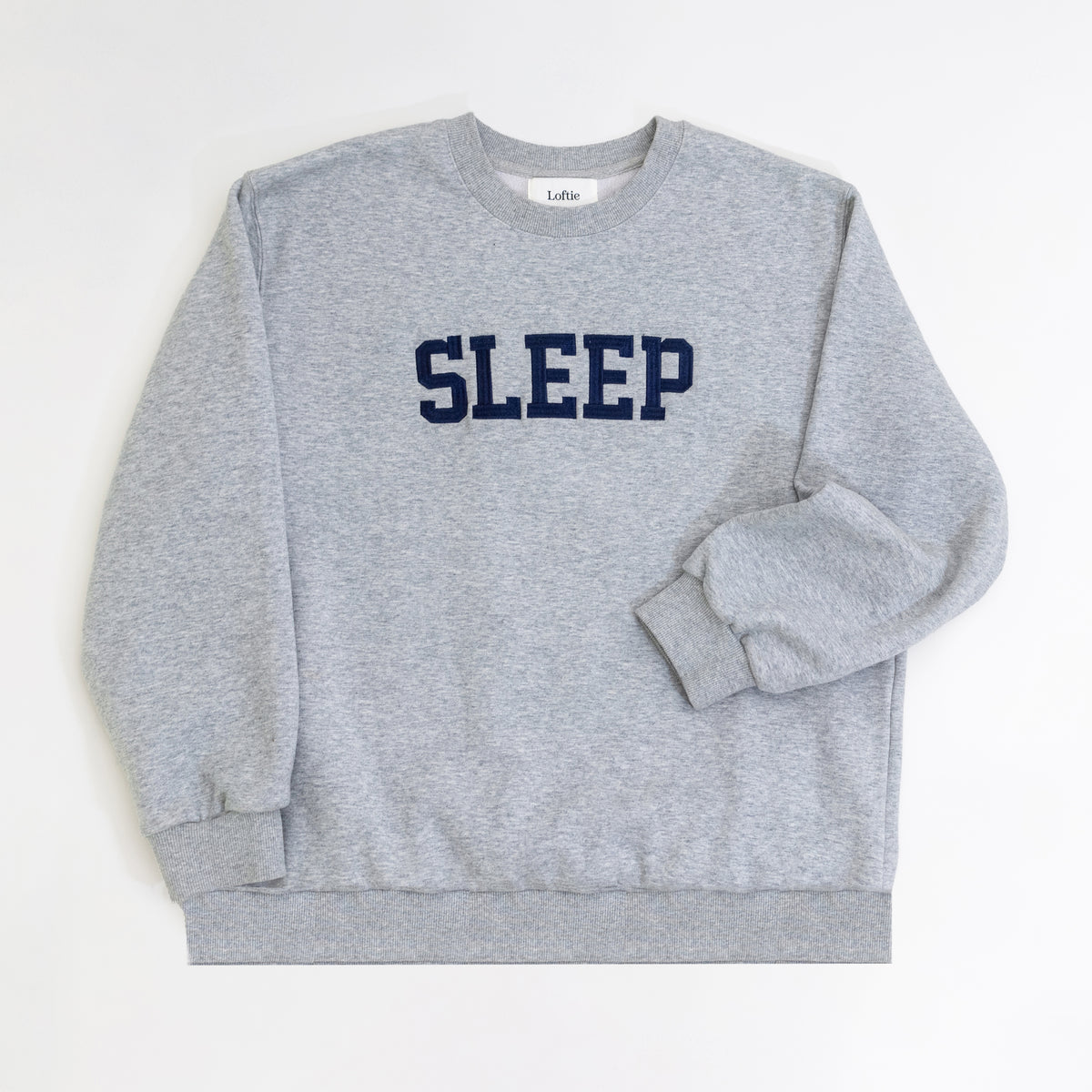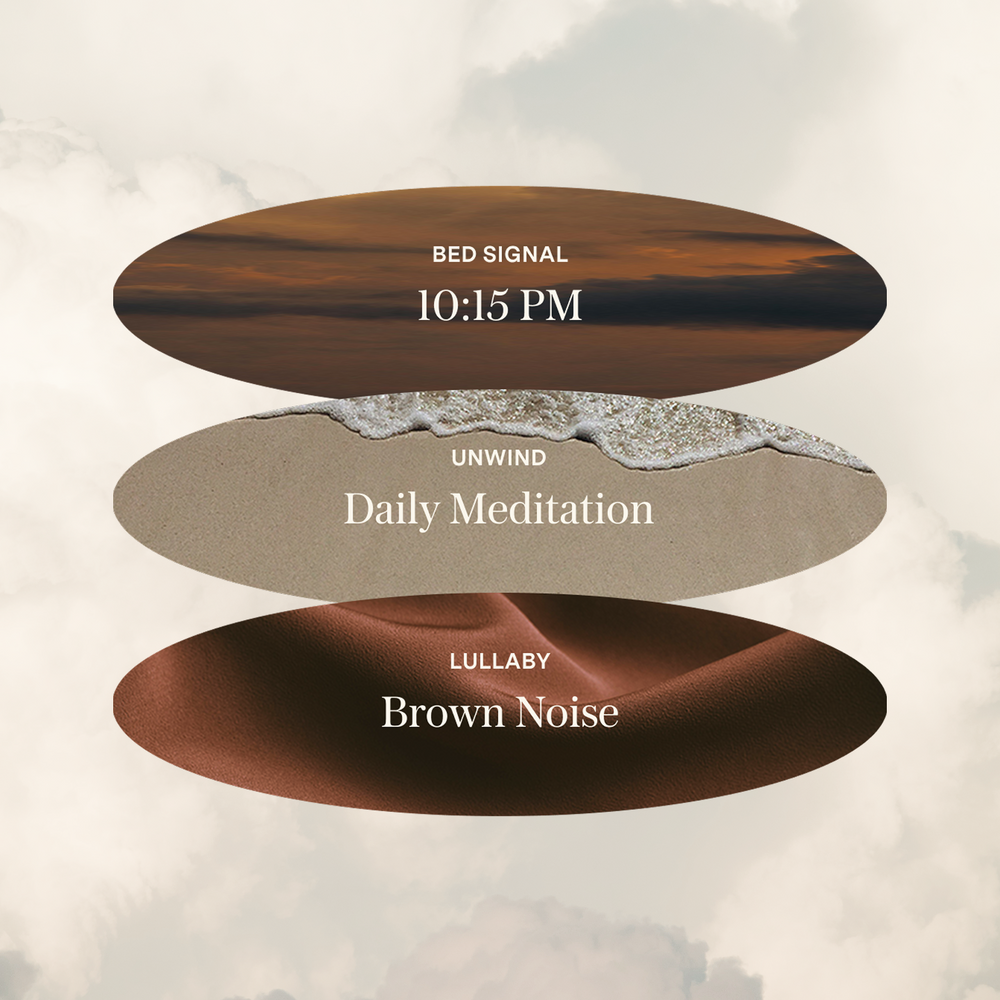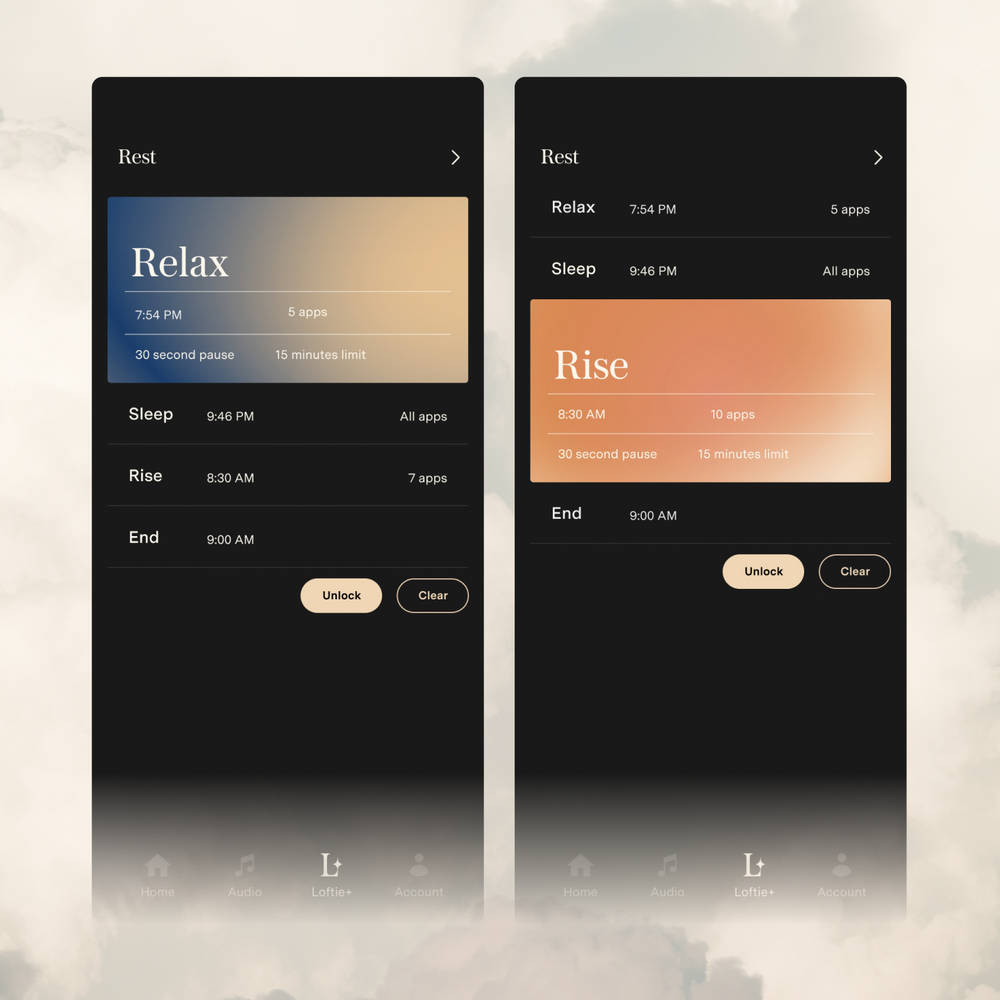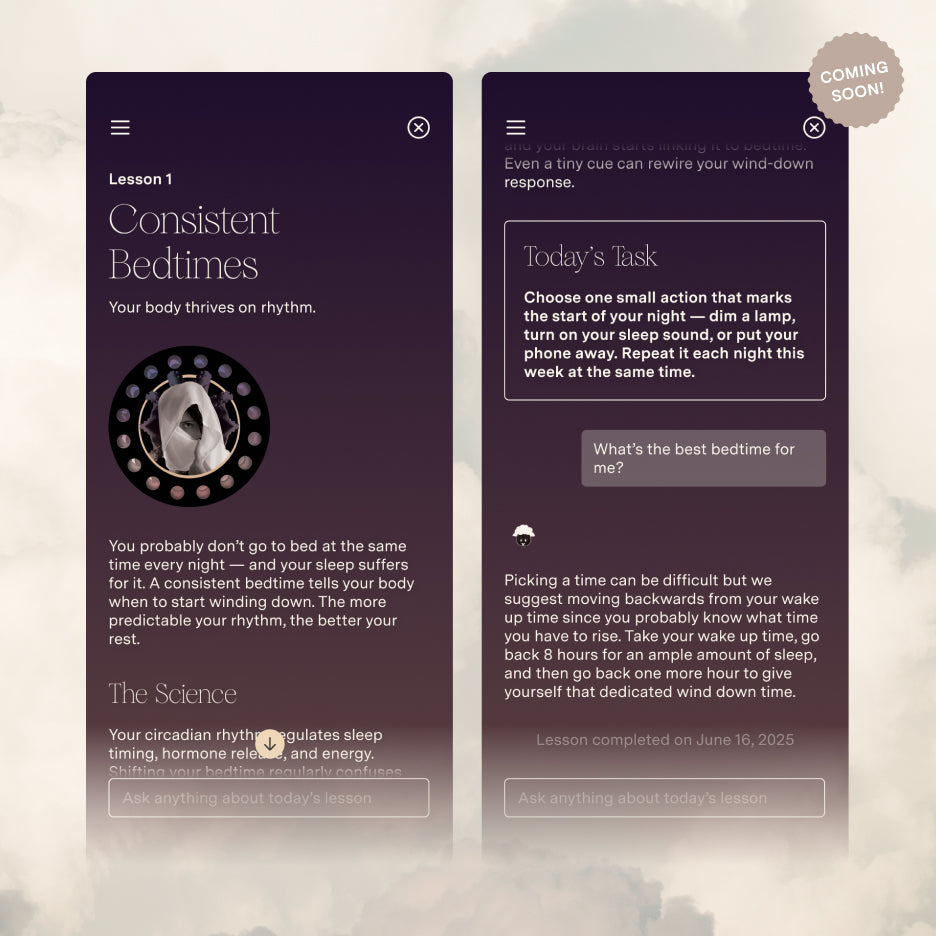If you’ve ever tossed and turned at night due to feeling too hot or too cold, then you know that it doesn’t matter how early you put yourself to sleep or how comfortable your bedding is, if the temperature is off then you won’t be clocking the quality hours needed to wake up feeling refreshed. An often overlooked but critically important factor for getting the most restorative sleep every night is ensuring that you have the best temperature for sleep.
Creating a comfortable temperature in the evening is essential for healthy sleep. Give or take a few degrees, experts agree that the ideal temperature for sleep is about 65°F (18.3°C). This cool temperature signals your body that it’s time to rest. Infants might require a slightly higher room temperature than adults by a few degrees, but too hot and they can get overheated.
The science behind temperature and sleep
Too hot, too cold, just right. Believe it or not, finding your ideal sleeping temperature is one that’s backed by science and not a haphazard feeling. There is proven research for setting your room temperature to what experts agree is the ideal sleeping temperature. When your body temperature decreases your body begins to produce melatonin, a sleep-inducing hormone.
During a 24-hour period, our body’s experience a variety of internal temperature shifts. These are regulated by our circadian rhythm or internal clock. The body begins to naturally cool down before settling into bed, signaling to the mind and body that it’s time for sleep. You might notice your hands and feet initially feel warmer when you get into bed, this is due to the blood vessels expanding allowing heat to escape and reduce your body’s core temperature.
Experts say adults should aim to set their thermostat to 65°F but depending on how you feel, you can try between the ranges of 60°F and 67°F. We reach our lowest point in temperature around 5:00 A.M., but if the temperature in your bedroom is too hot or too cold this can disrupt your body’s natural process of reaching the best sleeping temperature.
It’s easy to think that if you just log the hours, you will wake up feeling refreshed, but studies show that setting the ideal temperature is crucial for getting high-quality sleep. In 2012, a study determined that the thermal environment is one of the most important factors that can affect sleep. Another study reported that most respondents in a 765,00-person survey experienced abnormal sleep patterns and insufficient sleep during summer months when it’s difficult to control optimal sleeping temperature.
What Happens When Your Bedroom Is Too Hot?
Despite experiencing the feeling of fatigue or sleepiness in warmer climates, this doesn’t necessarily promote high-quality sleep. The best temperature to sleep is one that’s not too hot and not too warm. Getting this just right at bedtime not only has an impact on your ability to fall asleep but it also impacts the quality and time you spend in each of your sleep stages. Because our circadian rhythm is so closely connected to our body’s thermoregulation abilities, if it becomes compromised by weather, seasons, or even caffeine consumption, then this can interfere with not just the ability to fall asleep but also the quality of the sleep.
For example, one study tested the impact of sleeping on high-heat capacity mattresses and found that higher core body temperatures resulted in less restorative slow-wave sleep. Another study reviewed the effects of caffeine on core body temperature. It found that caffeine consumption increase the body’s core temperature hours after consumption causing disruption to the circadian rhythm and decreased sleep quality.
During certain sleep phases like REM (rapid-eye movement) sleep, the body undergoes temporary paralysis which prevents the body from self-regulating its temperature. This means natural behaviors like shivering or sweating that we naturally do to promote a cooling effect on the body are put on pause. This leaves us more sensitive to sleep disruptions due to temperature. This increased sensitivity can decrease REM and slow-wave sleep which negatively impacts recovery, the immune system, as well as learning and even memory.
Tips for Keeping the Bedroom Cool
The fastest way to create the optimal sleeping temperature is by setting a thermostat. Experts suggest approximately 65°F, or adjusted slightly to your comfort level. If you aren’t able to control the temperature using a thermostat, or are experiencing a change in weather between seasons, then you can also try natural ventilation. Leave windows open throughout the day or use fans in the bedroom to help keep it cool.
Another option for adjusting body temperature is testing different kinds of sleepwear. Depending on the season, different pajama styles and fabrics are an easy way to create your ideal sleeping temperature. As the seasons change, add or remove clothing as needed. One interesting study found that wool sleepwear was more conducive for falling asleep faster than cotton. You can also apply this approach to your sheets and bedding.
Another solution, though it may sound counterintuitive during the warmer months, but if you’re feeling too hot, try bathing in warm water. Taking a warm bath or shower one to two hours before bed can trigger the body’s natural cooling effect which can have the effect of helping you fall asleep faster.
Cooling down the body before bed can improve your overall sleep quality, promote deeper sleep, and even lengthen the total time you are asleep. If you live in a home or bedroom that is exposed to a lot of sunlight during the day, it could be helpful to close the blinds to keep rooms cool during hot weather. When it gets too cold, cover the windows to maintain a consistent temperature throughout the night.

